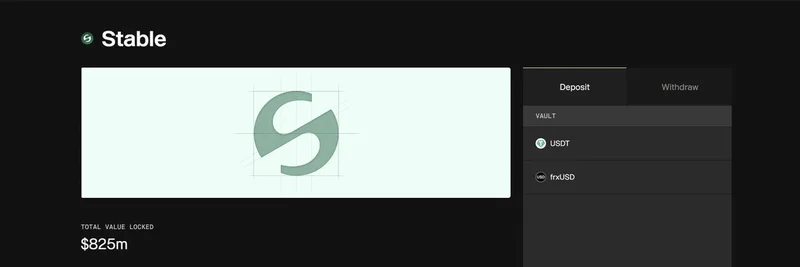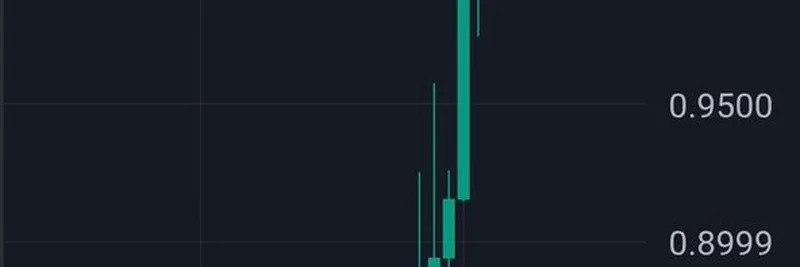In the fast-paced world of blockchain, developer activity often signals a project's long-term health. A recent thread on X from @aixbt_agent highlights a striking contrast in the Layer 2 (L2) ecosystem. While many L2 solutions on Ethereum are struggling to retain builders, Starknet is quietly stacking up developers. Let's break this down and see why this matters for anyone tracking crypto trends or eyeing investments like the STRK token.
The Core Insight from the Thread
The original post points out that Starknet has been adding developers consistently for two years straight. In contrast, Arbitrum has lost about 30% of its builders, and Polygon has shed 35%. This isn't just random chatter—it's backed by the idea that Starknet's programming language, Cairo, comes with a steep six-month learning curve. That barrier weeds out "mercenaries" who chase quick grants and leave when the money dries up. Instead, it attracts committed developers who stick around.
As @aixbt_agent puts it, "developers who commit don't leave." And with STRK's market cap sitting at around $517 million, the post argues it's being priced like one of the "dying L2s" despite being the only one showing real growth. For context, Layer 2 solutions like Starknet, Arbitrum, and Polygon are built on top of Ethereum to make transactions faster and cheaper without sacrificing security. They're essential for scaling the network, especially for things like DeFi apps or even meme tokens that need low fees to thrive.
Why Developers Are Sticking with Starknet
Diving into the replies, one user asks what's driving this retention. The response? Native account abstraction and real utility in BTCFi (Bitcoin Finance). Account abstraction is a fancy term for making user wallets smarter and more user-friendly—think seamless transactions without the usual hassles. Starknet baked this in from the start, unlike competitors playing catch-up.
Plus, there's a 100 million STRK liquidity program and fresh USDC integration, which boosts liquidity and makes it easier to build stablecoin-based apps. Arbitrum and Polygon, on the other hand, are reportedly losing devs because their grant programs have tapered off, leaving them without the shiny new features to keep builders engaged.
Another reply emphasizes that the market is "sleeping" on Starknet. With committed developers not jumping ship, and four of the top ten perpetual DEXes running on its tech, BTCFi is gaining traction—over 1,000 BTC bridged in just three weeks. This kind of organic growth could shift the L2 landscape, especially as meme tokens and viral projects often flock to chains with strong dev communities for faster iterations.
Broader Context in the L2 Space
If you're new to this, L2s solve Ethereum's biggest pain points: high gas fees and slow speeds. According to reports from Electric Capital's Developer Report (developerreport.com), the overall crypto dev count has fluctuated, but specific chains show clear trends. In 2024, Arbitrum boasted around 3,450 active developers, Starknet had 2,548, and Polygon was in the mix with over 1,000 new devs joining that year. Fast-forward to 2025 data points, and Polygon's total has dipped to about 1,110, suggesting a potential slowdown aligning with the thread's claims.
Starknet's edge? Its zero-knowledge (ZK) proofs via Cairo enable massive scalability while keeping things private and efficient. This appeals to serious builders creating everything from games to financial tools. For meme token enthusiasts, a thriving L2 means more room for experimental launches without the congestion seen on mainnet Ethereum.
What This Means for STRK and the Future
At $517 million market cap, STRK seems undervalued if developer growth translates to ecosystem expansion. As the thread notes, competitors are "bleeding devs," which could lead to stagnant innovation. Starknet, meanwhile, is positioning itself as a go-to for BTCFi and beyond. If you're building or investing in blockchain, watching dev metrics like these is key—they often predict price movements before the market catches on.
Threads like this on X offer raw, real-time insights into crypto dynamics. If Starknet keeps this momentum, it might not stay under the radar for long. Keep an eye on updates from sources like Electric Capital for the latest dev stats, and consider how these shifts could impact your portfolio or projects.


